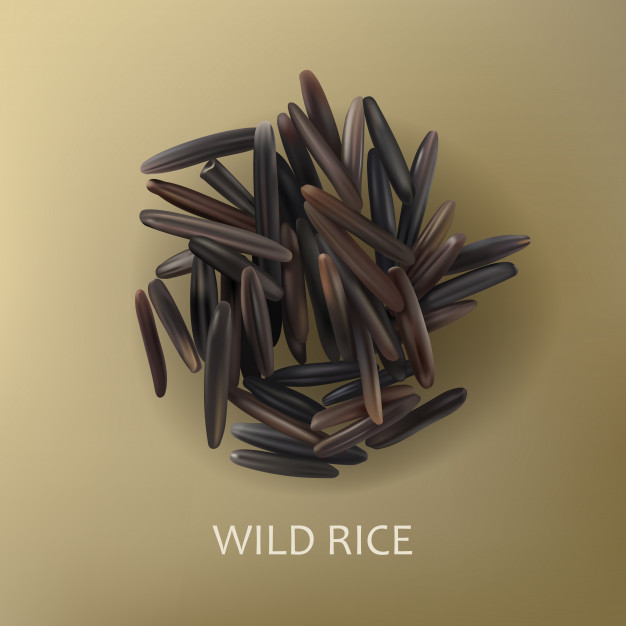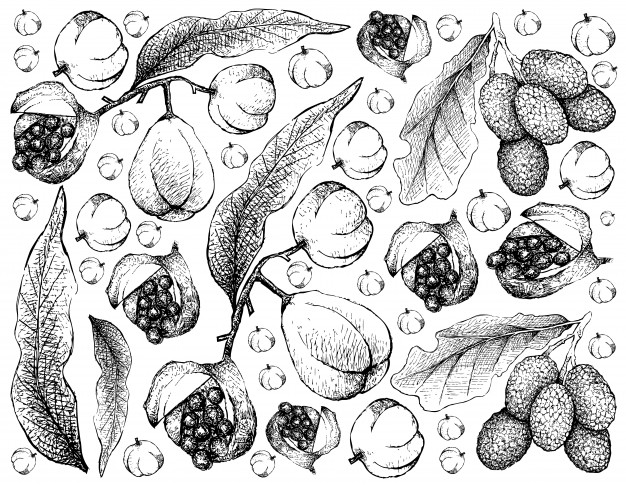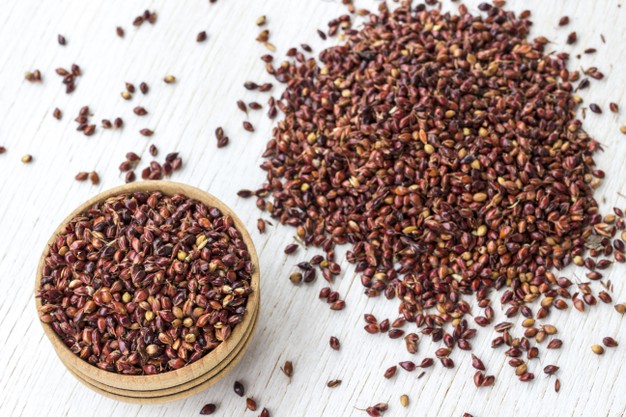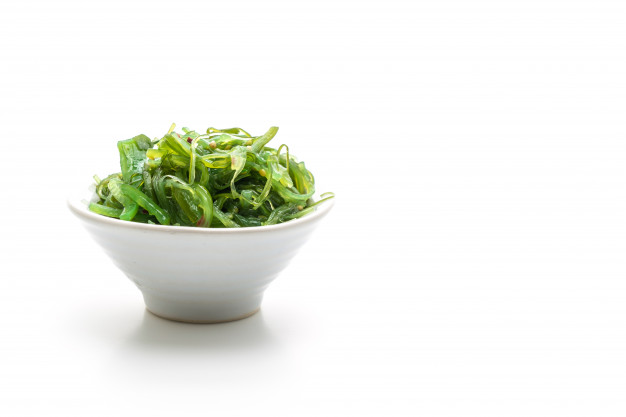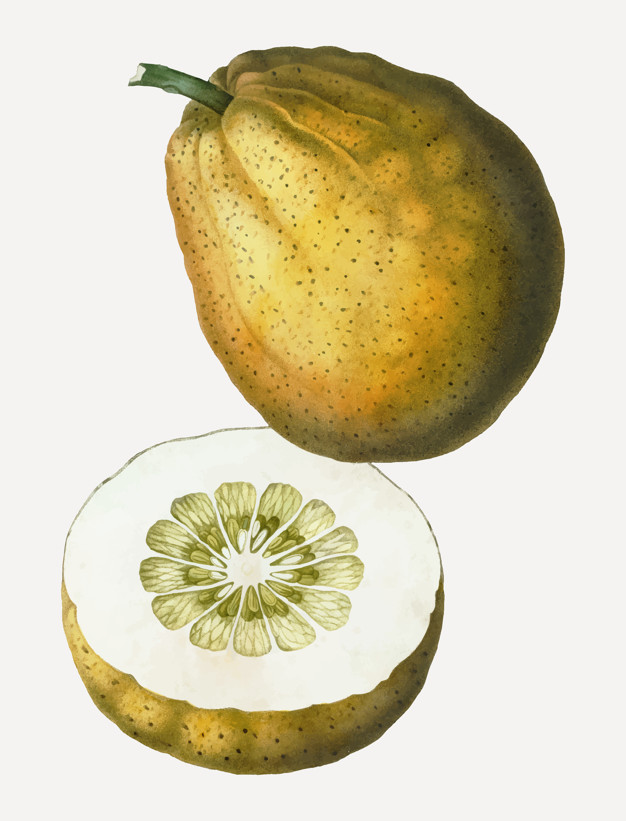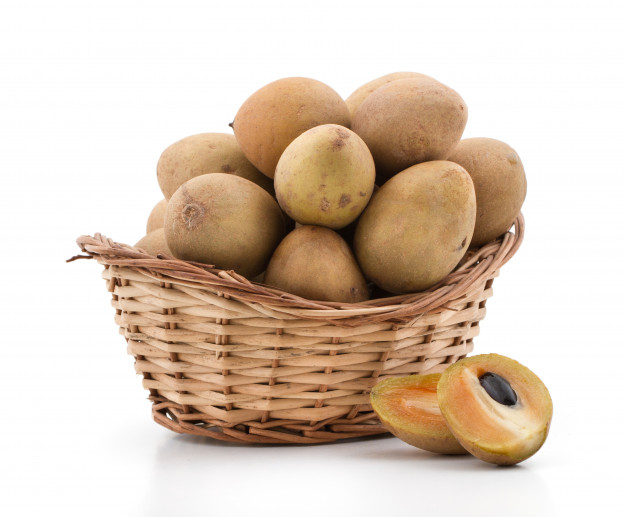Wild rice is a nutritious grass based food belongs to the genus Zizania. It is considered as the nutritional power house and has been extensively used for improving the health of digestive system, cardiovascular system, immune system and skeletal system.
Some important information regarding wild rice
- Though it contains the name rice in title but wild rice has no relation with traditional Asian rice
- Basically it is a seed of an aquatic grass, which looks like rice
- It is native to Asia and North America
- It has a chewy outer sheath, which is responsible for holding the nutrient enriched grain inside
Nutritional profile
- It contains desirable amount of carbohydrates like sucrose, fructose, glucose etc and fibres
- It also contains significant amount of proteins and composed of various imperative amino acids like tryptophan, isoleucine, threonine, lysine, leucine, cystine, methionine, tyrosine, alanine, phenylalanine, arginine, valine, histidine, glycine, glutamic acid, aspartic acid, serine and proline
- It contains lesser amount of fats
- It also contains significant amount of moisture
- It is composed of various important micronutrients as well, which include Vitamin A, E, C, B1, B2, B3, B5, B6, B9, choline, calcium, phosphorus, zinc, magnesium, copper, selenium, manganese, iron and potassium
Health benefits

Role on immunity
- Promoting the health of immune system is closely related with improving the overall health status of an individual as immunity helps to improve the body’s ability to fight against infections hence helps to protect the body from becoming ill
- Wild rice is considered as one of the most important immune booster as it contains numerous nutrients that promote the functionality of immune system
- It also helps in stimulating the synthesis of WBC, which helps the body to fight against foreign agents
Role on digestive health
- It contains significant amount of fibre, which is essentially required by the body for obtaining a healthy digestive system
- Individual suffer from indigestion should include it in their diet as it plays vital role in improving digestion
- Fibre present in wild rice also increases stool softness by enhancing water retention and enhances stool bulkiness as well that facilitate defecation
- It helps in the growth and development of intestinal beneficial microbes too thus its consumption is directly linked with improving gut health
- It also helps in promoting colonic health as it is associated with increasing colonic motility and helps to decrease the prevalence of diverticular disease as well as colon cancer
- Being a fibre rich food, consumption of wild rice plays important role in eliminating dioarrhoea, stomach cramp, bloating, flatulence, ulcers and hemorrhoid

Role on muscle
- It contains various important amino acids, which act as building blocks of muscles
- It helps to improve muscle mass
- It is also associated with enhancing muscle strength thus promotes muscular functionality
- Its consumption is also very effective for repairing muscular damages

Role on skeletal system
- Consumption of wild rice is very much helpful for maintaining healthy skeletal system
- Its calcium and phosphorous components play imperative role in stimulating the formation of healthy bones
- Phosphorus as well as zinc components of wild rice are also responsible for enhancing bone mineral density
- It is also very effective for maintaining healthy joints
- Individual suffer from osteoporosis should consume wild rice for improving their symptoms
Role on repairing damages
- Consumption of wild rice is very effective for gaining proper growth spurt as it contains numerous imperative amino acids that help to promote growth and development
- Its protein components are also accountable for stimulating the synthesis of cells and tissues
- Its Vitamin C content helps in collagen synthesis that helps in repairing the damages of cells, tissues, organs and the walls of blood vessels thus it is believed that its consumption is very much helpful for accelerating the healing process

Role on skin
- Its micronutrient components are accountable for providing proper nourishment to the skin thus its consumption is very much useful for improving skin health
- Its antioxidant activity is accountable for protecting the skin from free radical induced oxidative damages and it also helps in preventing ageing
- Its Vitamin C content also plays significant role in improving skin elasticity as it promotes collagen synthesis
- It is very effective for preventing wrinkles, blemishes and age spot
Therapeutic uses
It has been extensively used for various therapeutic purposes, which include –
Cardiovascular disease
- It has extensively used as an effective therapeutic substance for preventing cardiac diseases as it contains numerous cardio protective nutrients
- Its fibre content plays important role in decreasing total fat percentage of body, especially the concentration of LDL, which ultimately inhibit fat deposition within blood vessels as a result, decreases the risk of blockage
- It also helps to prevent hardening of blood vessels by hindering the formation of plaque thus decrease the risk of developing atherosclerosis and coronary artery disease
- It does not contain sodium thus its consumption is also very effective for preventing hypertension
- Its Vitamin C content plays vital role in repairing cardiac damages
- It also decreases the prevalence of strokes and heart attacks

Hyperglycemia
- Its vitamins, minerals, fibre and phytonutrient components are responsible for decreasing the risk of developing hyperglycemia
- Its fibre content plays vital role in decreasing blood sugar concentration as it delays the absorption of glucose from intestinal epithelial cells
- Its consumption is also associated with enhancing insulin sensitivity that plays significant role in regulating blood sugar concentration
- It has seen that consumption of wild rice is associated with decreasing the risk of developing type 2 diabetes mellitus by about 25% thus individual who suffer from type 2 diabetes mellitus or who are at risk condition should include it in their diet
Obesity
- Individuals who want to reduce their body weight should include wild rice in their diet. Its high protein contents and high fibre contents make it an imperative therapeutic substance for obesity
- Its fibre content helps to hinder appetite by delaying stomach emptying thus decreases over eating, which ultimately helps to maintain a healthy energy balance thus reduces the risk of gaining weight
- It is also considered as a low calorie food and its consumption is associated with fulfilling hunger with very less amount of calories

Birth defects

- Consumption of wild rice during pregnancy is very much helpful for decreasing the prevalence of neural tube defects of newborns
- It contains significant amount of folic acid, which is responsible for preventing this kind of birth defects
Fatigue
- As it is related with improving metabolism thus its consumption is thought to be extremely beneficial for boosting up the energy level of body, which can easily prevent fatigue and general weakness
- It has seen that magnesium component of wild rice plays the chief role in energy production
Celiac disease
- It is absolutely free from gluten thus it can be easily incorporated in the diet of celiac patients and it also helps to provide a fair balance of essential trace elements to the diet
Risk factors
It may be contaminated by a fungus called ergot or heavy metals and consumption of such contaminated wild rice may develop nausea, vomiting, diarrhoea, dizziness, headache, mental impairment etc thus it is better to preserve wild rice properly for avoiding contamination and also proper cooking is required before consumption.
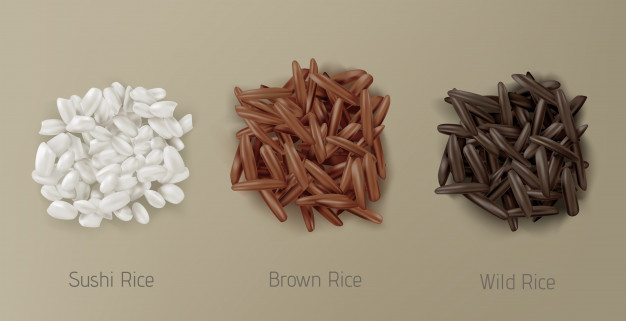
Source:
Melini, V. and Acquistucci, R., 2017. Health-promoting compounds in pigmented Thai and wild rice. Foods, 6(1), p.9.
Qiu, Y., Liu, Q. and Beta, T., 2009. Antioxidant activity of commercial wild rice and identification of flavonoid compounds in active fractions. Journal of Agricultural and Food Chemistry, 57(16), pp.7543-7551.
Surendiran, G., Alsaif, M., Kapourchali, F.R. and Moghadasian, M.H., 2014. Nutritional constituents and health benefits of wild rice (Zizania spp.). Nutrition reviews, 72(4), pp.227-236.
Timm, D.A. and Slavin, J.L., 2014. Wild rice: both an ancient grain and a whole grain. Cereal Chemistry, 91(3), pp.207-210.
Yan, N., Du, Y., Liu, X., Chu, M., Shi, J., Zhang, H., Liu, Y. and Zhang, Z., 2019. A comparative UHPLC-QqQ-MS-based metabolomics approach for evaluating Chinese and North American wild rice. Food chemistry, 275, pp.618-627.
Yu, X., Chu, M., Chu, C., Du, Y., Shi, J., Liu, X., Liu, Y., Zhang, H., Zhang, Z. and Yan, N., 2020. Wild rice (Zizania spp.): A review of its nutritional constituents, phytochemicals, antioxidant activities, and health-promoting effects. Food chemistry, p.127293.
